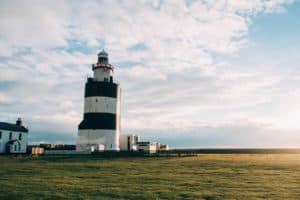The Witcher’s Fantasy Europe: Exploring the Continent’s Diverse Inspirations
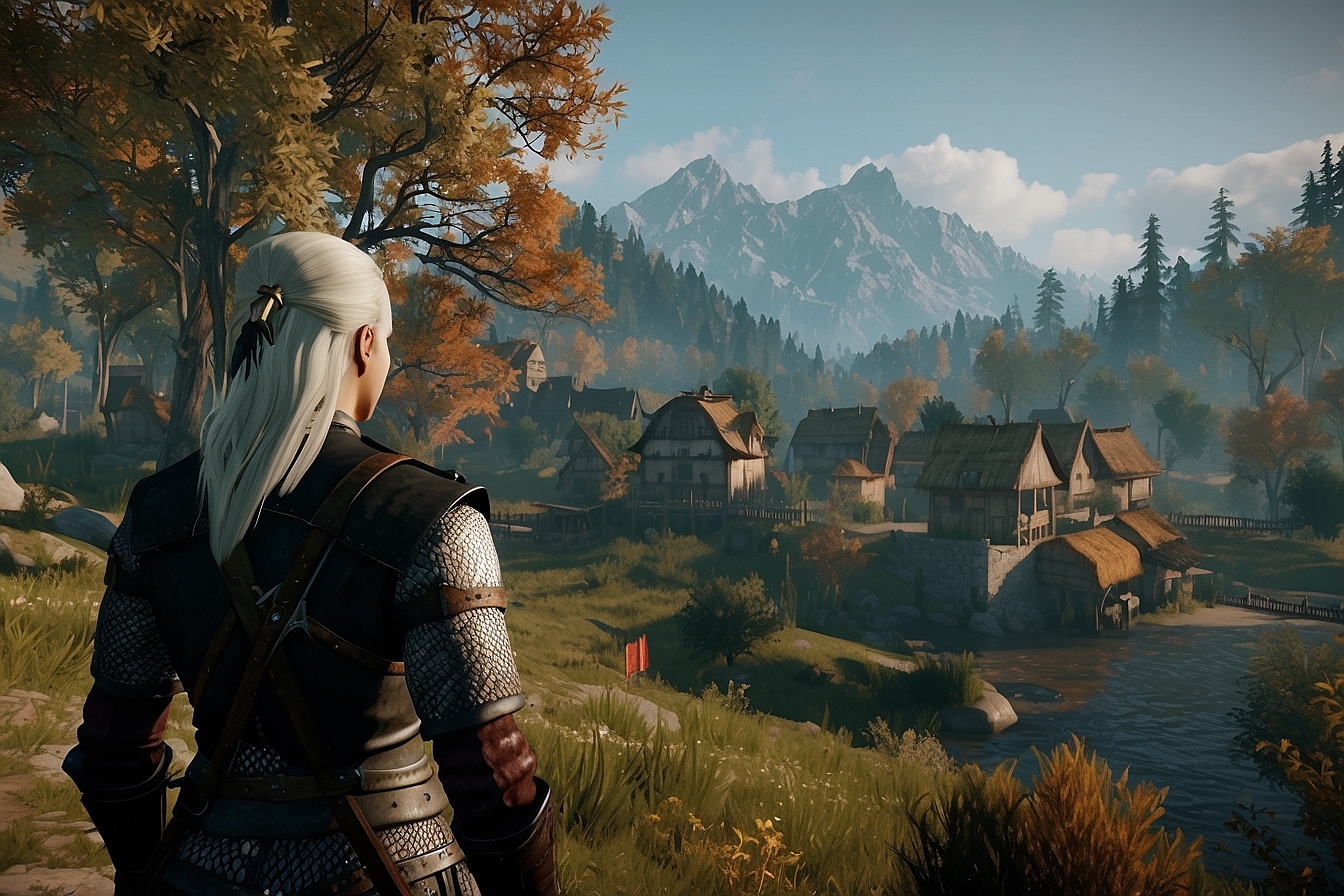
Updated On: April 02, 2024 by Fatma Mohamed
Weaving a tapestry of medieval fantasy and compelling narrative, “The Witcher” extends an invitation to audiences to traverse landscapes inspired by Eastern Europe and as far-flung as the Canary Islands. Adapted from Andrzej Sapkowski’s revered literary series and its popular video game counterpart, “The Witcher” marries the richness of European folklore with fictive invention. The television series on Netflix brings to life the gritty yet fantastical realm of Geralt of Rivia, a monster hunter known as a witcher who navigates a volatile world brimming with political intrigue, arcane magic, and mythical beasts.
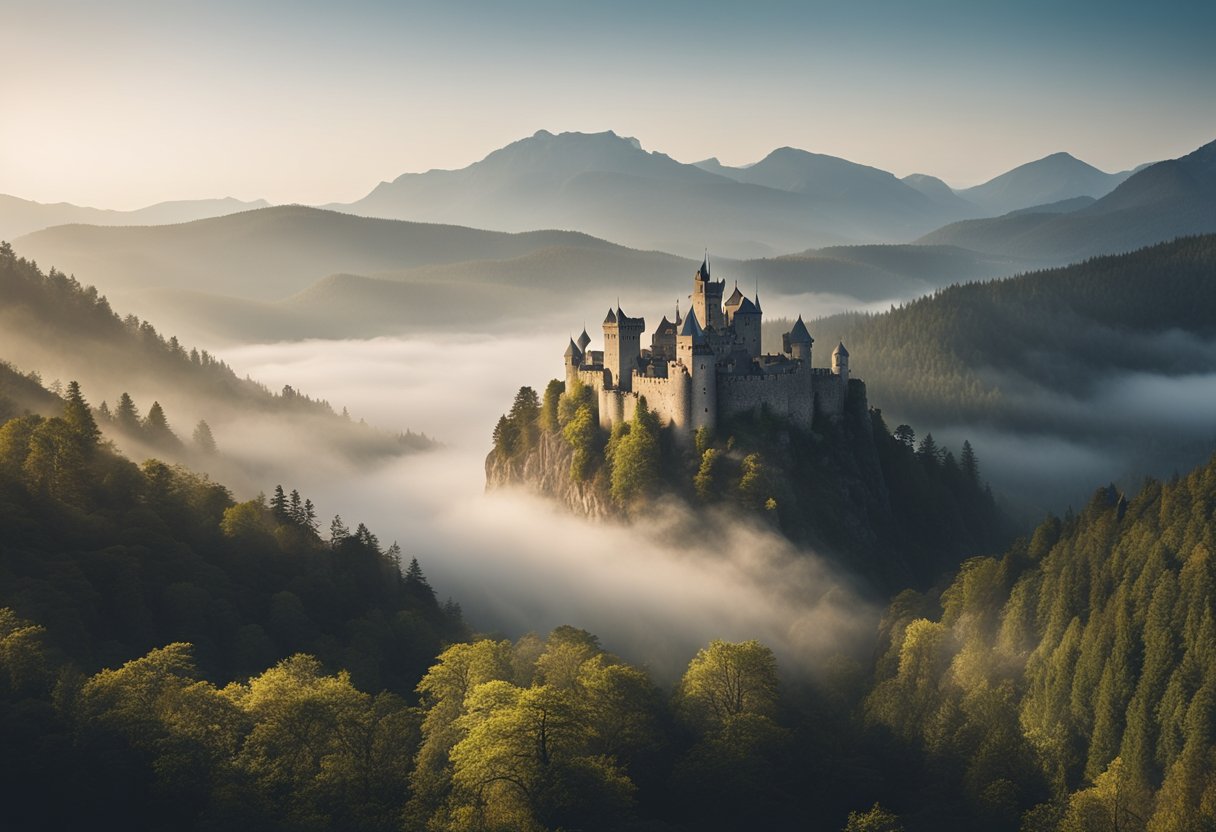
The show’s portrayal of ‘The Continent’, where the series is set, becomes a character in its own right, a crossroad of cultural and geographical inspirations that frames our protagonist’s journey. While Geralt’s stoic and often solitary pursuit anchors the narrative, the fantasy world of “The Witcher” derives its vibrance from the locations that reflect real-world topography and architecture. The series not only indulges viewers with its elaborate depiction of a mystical Europe but also showcases the production’s efforts to flesh out each environment, making every scene a visual feast, be it the harsh landscapes of the Canary Islands or the architectural splendour found throughout Eastern Europe.
Table of Contents
Origins and Creations
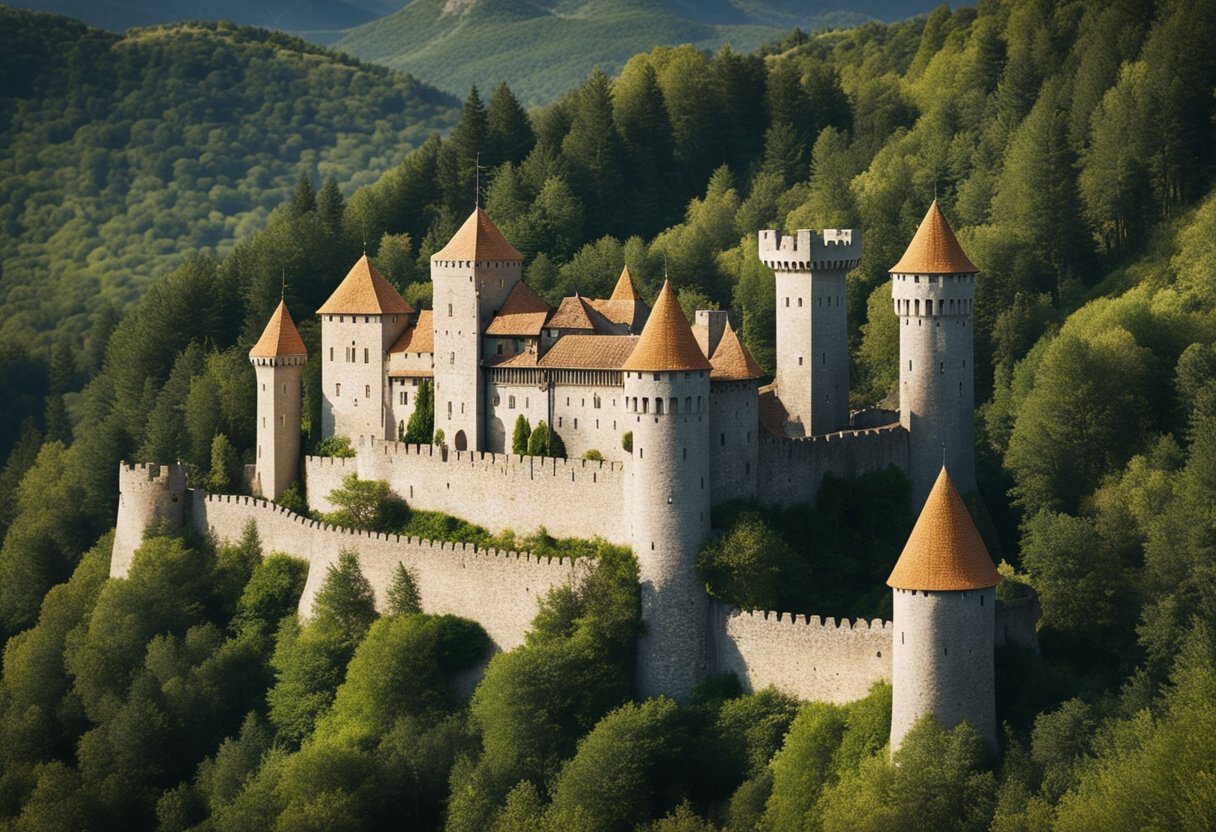
In this section, we explore the journey from Andrzej Sapkowski’s novels to the popular Netflix series and closely examine the characters central to this captivating universe.
From Sapkowski to Netflix
Andrzej Sapkowski, a Polish author, introduced the world to the enthralling realms of The Witcher through his books, starting in the mid-1980s. The rich tapestry of this fantasy universe is woven with threads of Eastern European folklore and myth. These stories have been brought to life not only in literature but through various adaptations. The latest incarnation has seen Henry Cavill don The Witcher’s mantle as Geralt of Rivia in the Netflix series, which premiered season 1 in December 2019, followed by season 2, further expanding this dark fantasy’s reach and acclaim.
Character Analysis: Geralt, Ciri, and Yennefer
Geralt of Rivia is a complex protagonist, a Witcher by trade, who undergoes numerous trials and tribulations, not just physically but morally and emotionally. Employed to rid the world of malevolent creatures, his character is marked by depth and ambiguity, defying the classic hero archetype.
- Ciri, or Cirilla Fiona Elen Riannon, is the lion cub of Cintra, a princess with a powerful and mysterious heritage. Intricately linked with Geralt’s fate, her growth from a scared child to a figure of immense power is a central plot thread across both the books and the Netflix series.
- Yennefer of Vengerberg stands as a symbol of strength and resilience. Her journey from a hunchbacked girl to one of the most formidable sorceresses in the land personifies the themes of transformation and self-realization found throughout the series.
Cultural and Geographical Inspirations
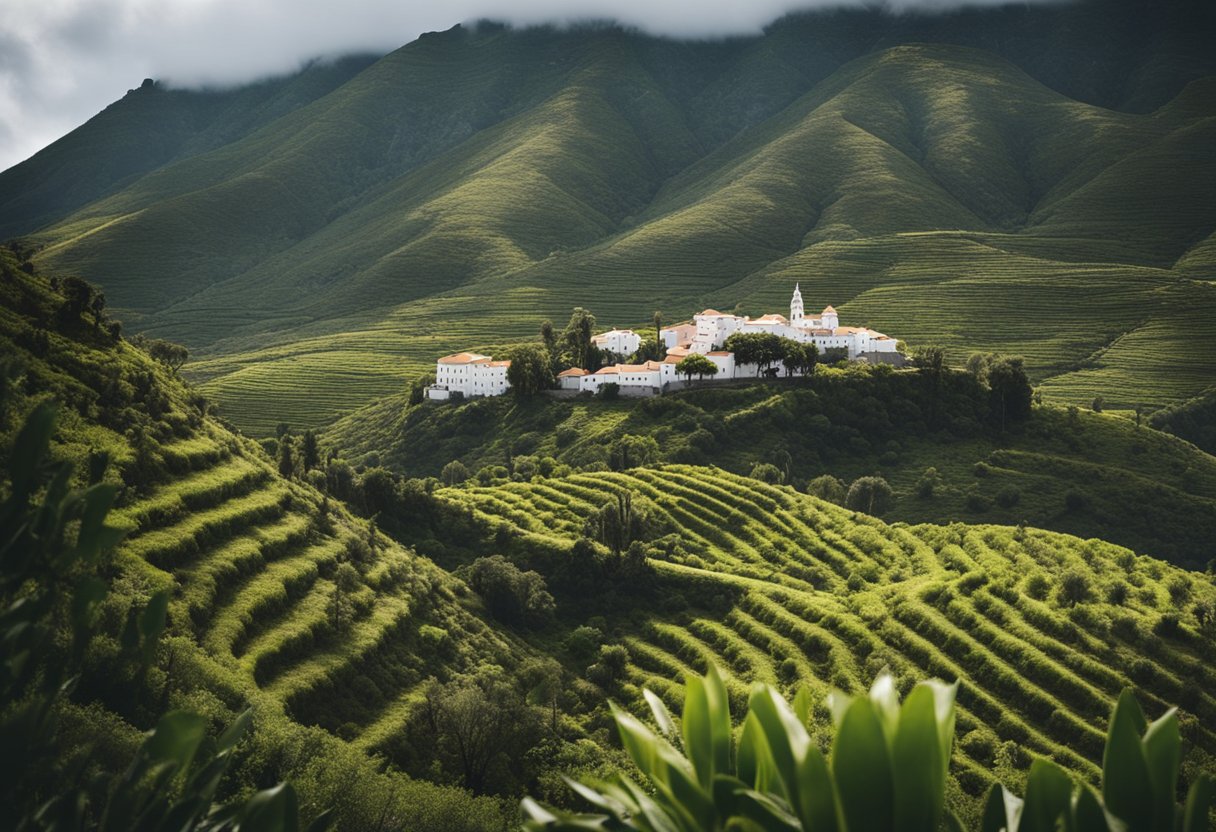
In crafting the rich world of “The Witcher,” the creators drew heavily from the tapestry of European land and lore, interweaving the continent’s dark history and diverse geography into a complex fantasy narrative.
The Witcher’s Europe: An Amalgamation
We find that “The Witcher” series represents a complex mosaic of European influences. The Continent, though fictional, mirrors the historical and geographical diversity of Europe, offering settings that span from the wind-whipped highlands echoing those of Scotland to the sun-baked landscapes akin to the Canary Islands. The interplay between these settings forms the backdrop of a continent rife with political intrigue and cultural depth, much like Europe itself.
Eastern European Influences
The Witcher’s roots can be traced back to Eastern Europe, with a significant portion of its conceptual grounding born from Polish literature and folklore. Specifically, Poland’s rich mythological traditions and tumultuous history have lent a gritty realism to the series. Hungary’s dense forests and medieval fortresses have also served as templates for some of the Witcher’s battlegrounds and ancient cities. It’s through this lens that we can appreciate how the folklore of Eastern Europe instils “The Witcher” with its distinctive atmosphere, creating a world that feels both familiar and brimming with fantasy.
Magical Elements and Mythical Creatures
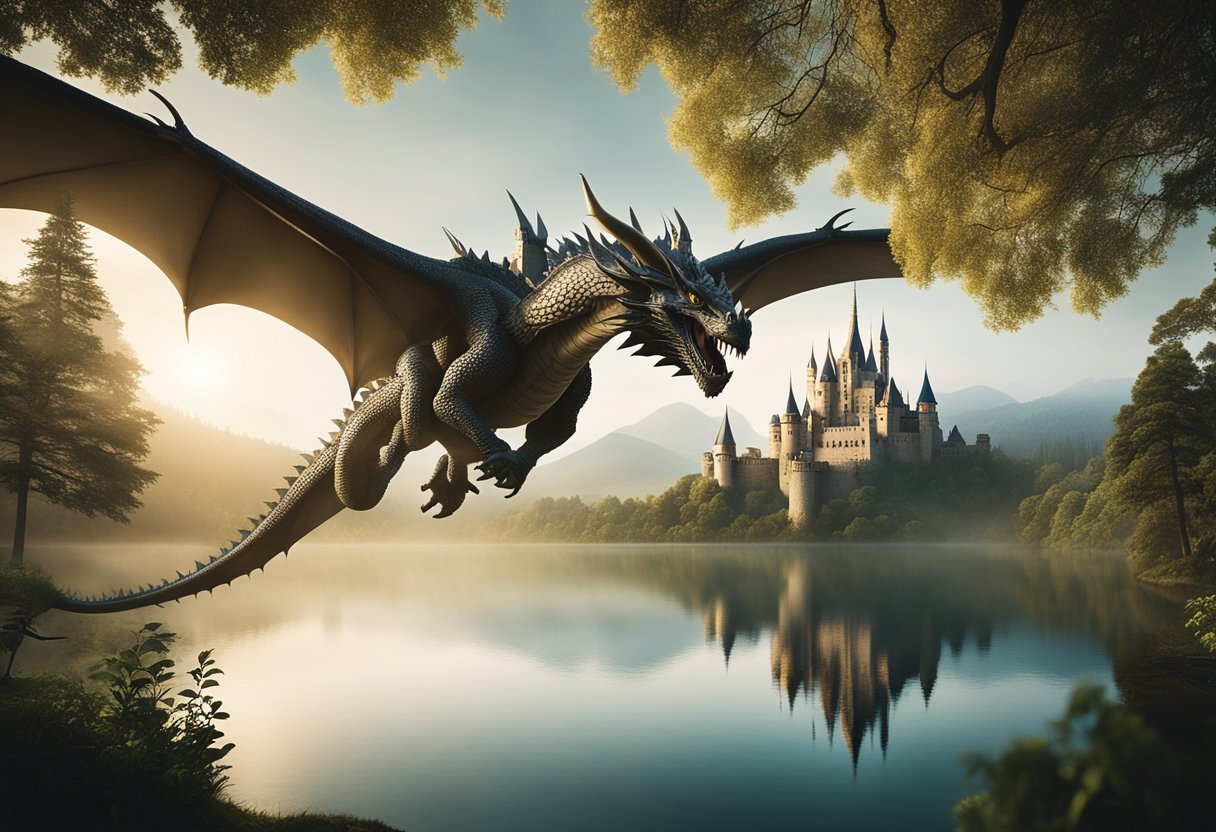
In the rich tapestry of “The Witcher” universe, magic weaves through the narrative as an essential element, alongside a plethora of mythical creatures derived from various folklores that populate this fantasy Europe.
The Magic and Monster Lore
In the world of “The Witcher”, magic is an esoteric force that can be harnessed and controlled by few, known as sorcerers and sorceresses. This mysterious power is often linked to the elemental forces of nature, allowing mages to cast spells, create magical barriers, or even tame the supernatural. Among the many magical phenomena is the djinn, a powerful spirit capable of granting wishes, yet often with dire consequences.
The monster lore is equally fascinating, drawing on Eastern European myths to shape its creatures. One such horror is the striga, a cursed being born from dark magic or botched rituals, doomed to prey on the living. Meanwhile, kikimoras—often misunderstood and linked to Slavic folklore—populate the swamps, attacking those who dare encroach upon their domain.
Races and Creatures: Elves to Monsters
Elves in “The Witcher” series, like many of their fantasy genre counterparts, are long-lived and agile, yet in this universe, they are victims of persecution, adding a layer of complexity to their existence. In contrast, creatures such as dryads guard their forest home of Brokilon with fierce determination, embodying both the beauty and brutality of nature.
Monsters of various kinds lurk in the dark corners of the world, from the hauntingly desolate ruins to the deep, uncharted forests. The lore is rife with beasts inspired by European myths. Confronting these creatures often requires knowledge of their origins and vulnerabilities, a task for which the Witcher is uniquely suited, blending swordsmanship with alchemical prowess to engage these formidable adversaries.
Our understanding of the magical elements and mythical creatures in “The Witcher” paints a vivid picture of a land steeped in ancient folklore. From the enchanting to the terrifying, each entity plays a role in the rich, dynamic world that fans have come to adore.
In-depth Look at the Witcher Series
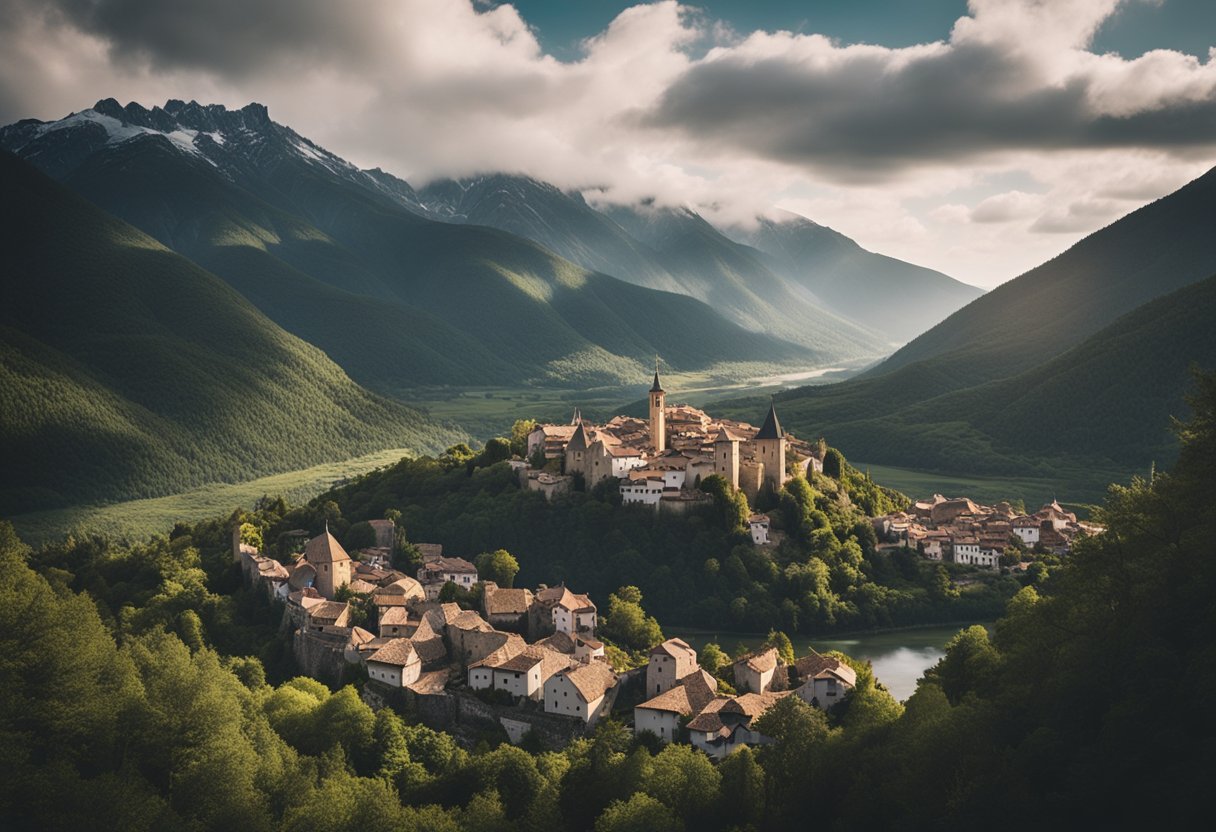
The Witcher series has captivated audiences with its dense plot and multifaceted characters. Let’s explore the intricacies of this beloved series.
Plot Progression Across the Series
In the Netflix series, we witness a non-linear storytelling approach that centres around three main characters: Geralt of Rivia, a monster hunter; Yennefer of Vengerberg, a powerful sorceress; and Ciri, the crown princess of Cintra with a mysterious destiny. The TV series adeptly unveils Yennefer’s transformation from her troubled beginnings to her rise in power along with Geralt’s adventures. Their paths converge with Ciri’s as she flees the invading Nilfgaardian forces, whose aggression culminates in the epic Battle of Sodden. Injuxtaposition, we also observe the detailed political and magical dynamics within the former support centre for mages, Aretuza.
Secondary Characters and Their Roles
Secondary characters in the series play pivotal roles that significantly influence the protagonists’ journey. For instance, the sorceress Triss Merigold becomes a valuable ally, particularly during the Battle of Sodden, where she aids in defending against the Nilfgaard onslaught. Other figures, including the bard Jaskier, introduce levity and aid in fleshing out Geralt’s more human sides. Each secondary character provides depth to the world of The Witcher, offering insights into the complex lore and heightening the series’ emotional stakes.
Production and Filming Achievements
The Witcher’s enthralling visuals arise from a distinctive blend of Europe’s charm and the rugged allure of the Canary Islands, a synergy often not seen on television. Our journey unfolds as we delve into the meticulous creation and global scope of The Witcher’s filming accomplishments.
The Making of a Fantasy Epic
The Witcher, more than just another TV show, represented a foray into fantastical lands that demanded a high calibre of production craft. The cast and crew were tasked with bringing to life a narrative that straddles multiple timelines and geographies, entwined with magic and monstrous creatures. Remarkably, key scenes were filmed at the Skanzen Village Museum, an open-air museum in Hungary offering a genuine slice of medieval history, stunningly preserved for modern eyes.
Global Filming Locations
The global footprint of The Witcher’s filming locations is vast, spanning countries that are as varied as the narrative itself. Eastern Europe, with its dense woodlands and historic ruins, provided a rich canvas for the production. Hungary, especially, featured heavily, with locations such as the romantic fortress ruins at Monostori in Komárom, capturing the essence of Cintra’s exterior, and offering an enchanting backdrop for episodes like Ciri’s snowy escape, as documented by CN Traveller.
Beyond the forests and fortresses of Eastern Europe, the production extended to the dramatic landscapes of the Canary Islands. Here, the crew captured the island’s unique black-sand beaches and the majestic Roque de los Muchachos, revealing settings that resonate with the show’s mythical themes, noted by Radio Times. With each location, The Witcher’s visual narrative became deeply interwoven with the distinct natural beauty and cultural tapestry of its chosen destinations, ultimately transporting viewers to worlds as enchanting as they are real.
Comparative Analysis
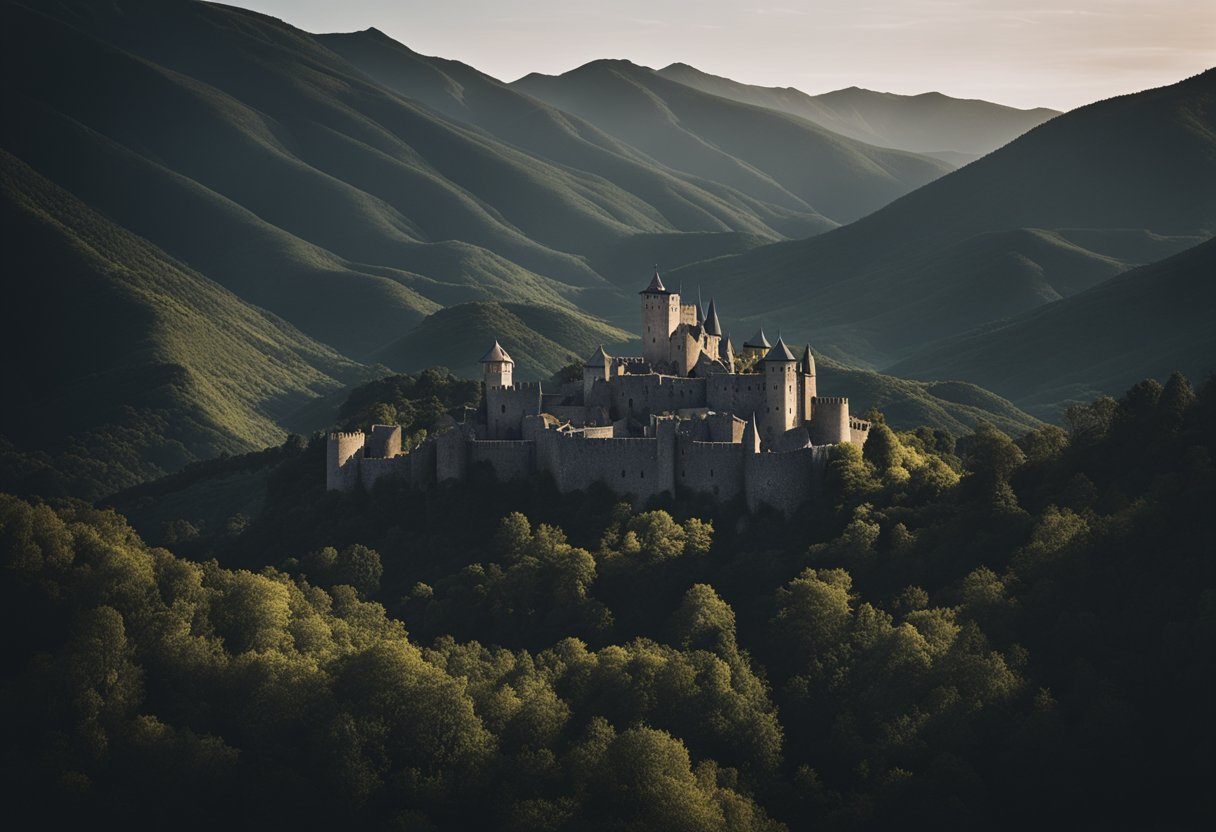
In our comparative analysis, we’ll delve into the intricate tapestries that weave together “The Witcher” and “Game of Thrones” as well as discern the nuances between the literary and televised adaptations of “The Witcher”.
The Witcher vs Game of Thrones
“The Witcher” series, drawing from its deep Eastern European roots, offers a stark contrast to the “Game of Thrones” realm, largely inspired by the medieval history of the British Isles. Whereas “Game of Thrones” often grounded its fantasy with political intrigue and warfare reminiscent of the War of the Roses, “The Witcher” complements its narrative with a dense overlay of Slavic mythology and folklore. Additionally, the video game adaptations of “The Witcher” have greatly expanded its world and enriched its characters, much like the “Game of Thrones” series did, but with a distinctive role-playing game experience that allows for personal player engagement in the sprawling narrative.
Books vs Series Comparison
Moving from page to screen, “The Witcher” series introduced several changes to adapt its rich literary content for television. With its first and subsequent second season, the series augmented its storytelling, pacing, and character development to fit the episodic format. Crucial components such as the Battle of Sodden Hill were given more prominence to add visual grandeur akin to “Game of Thrones.” Conversely, the series has made efforts to remain true to its literary foundation by preserving the core storylines and intricate character dynamics that fans cherished in the books.
Cast and Crew Insights
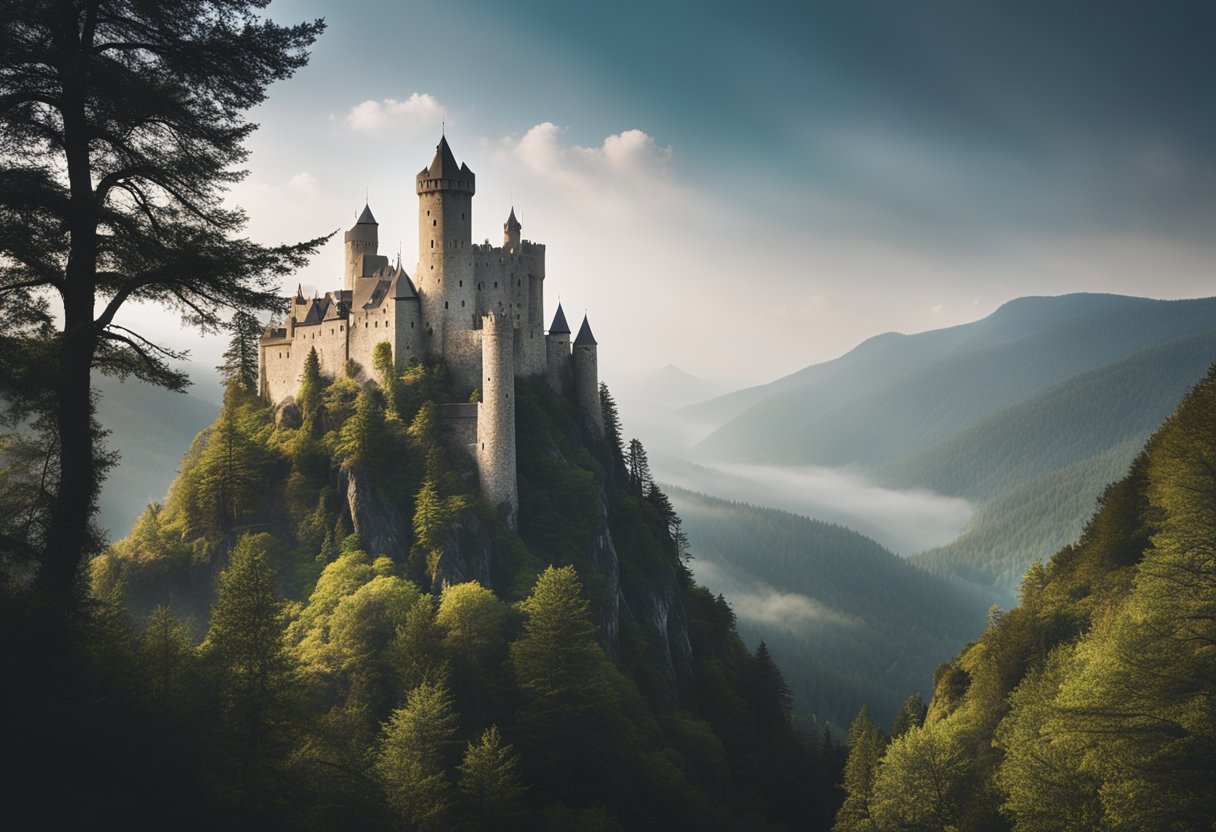
In bringing the rich tapestry of The Witcher’s world to screen, key figures behind and before the camera play pivotal roles, each bringing their own expertise and vision.
The Vital Role of Actors
At the forefront is Henry Cavill, whose portrayal of Geralt of Rivia anchors the series with a balance of grit and nuance. From the monstrous terrains of the Canary Islands to the diverse landscapes that serve as the Continent, Cavill embodies the Witcher’s essence, while fostering a deep connection with the audience. His commitment to the role extends to mastering swordplay and embodying the physicality the character demands. Acting alongside Cavill is a talented cast including Freya Allan as Princess Ciri and Anya Chalotra as Yennefer, each delivering compelling performances that capture their characters’ complex journey.
Showrunners and Visionaries
Overseeing the adaptation of Andrzej Sapkowski’s cherished literary works, Lauren Schmidt Hissrich serves as showrunner, guiding the show’s creative direction. Her understanding of the source material and her commitment to authenticity in storytelling is evident through the intricate plots and rich character development. Alongside Hissrich, a diverse team of directors and writers collaboratively bring to life a vision that honours the original series while expanding its horizons to new audiences. Hissrich’s unique take on the narrative weaves each of the show’s elements into a coherent, enthralling saga that respects the stories’ roots in European folklore and history.
Audience Reception and Critique
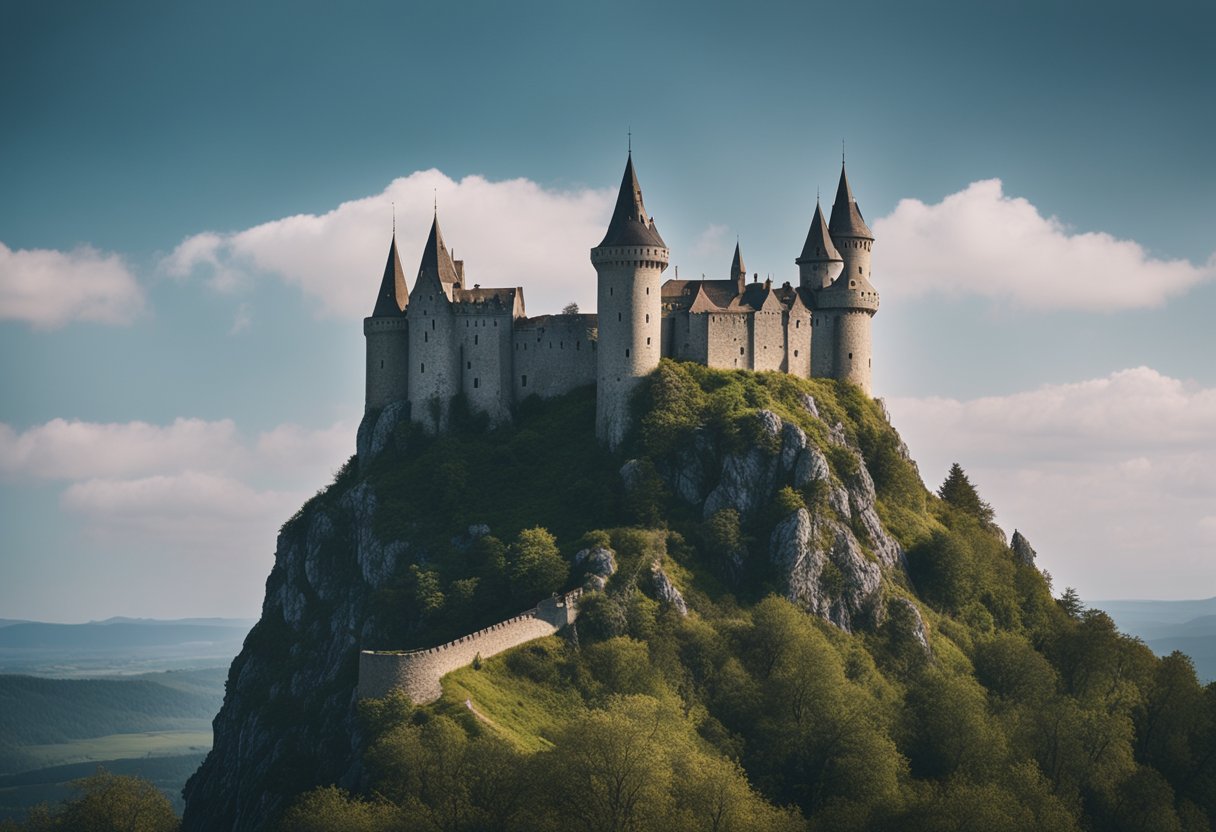
Before delving into specifics, it’s essential to acknowledge the divisive reception of ‘The Witcher’. The series, based on popular video games and Polish novels, has seen both significant praise and pointed criticism from various quarters.
Critical Acclaim and Backlash
Netflix’s adaptation of ‘The Witcher’ became a much-discussed event, positioning itself as a fantasy contender following the conclusion of ‘Game of Thrones’. Its first season captured a particular charm that earned a positive reception from audiences, contrasting with the lukewarm critical consensus. However, the initial enthusiasm faced a downturn. According to Forbes, audience scores plummeted by 67% from the first to the third season, reflecting a significant shift in public opinion.
Fanbase and Community Response
The community around ‘The Witcher’, initially buoyed by its connection to the acclaimed video games and book series, quickly established a vocal presence online. Fan discussions often focus on character portrayals and plot deviations from the source material, leading to a blend of praise and critique across forums and social media. While the show has maintained a dedicated following, the drop in audience scores suggests that the latest seasons have not resonated as strongly with the fanbase. Despite this, ‘The Witcher’ remains a key player in Netflix’s roster, a testament to its enduring appeal and the platform’s commitment to the fantasy genre.
Expansion Beyond the Screen
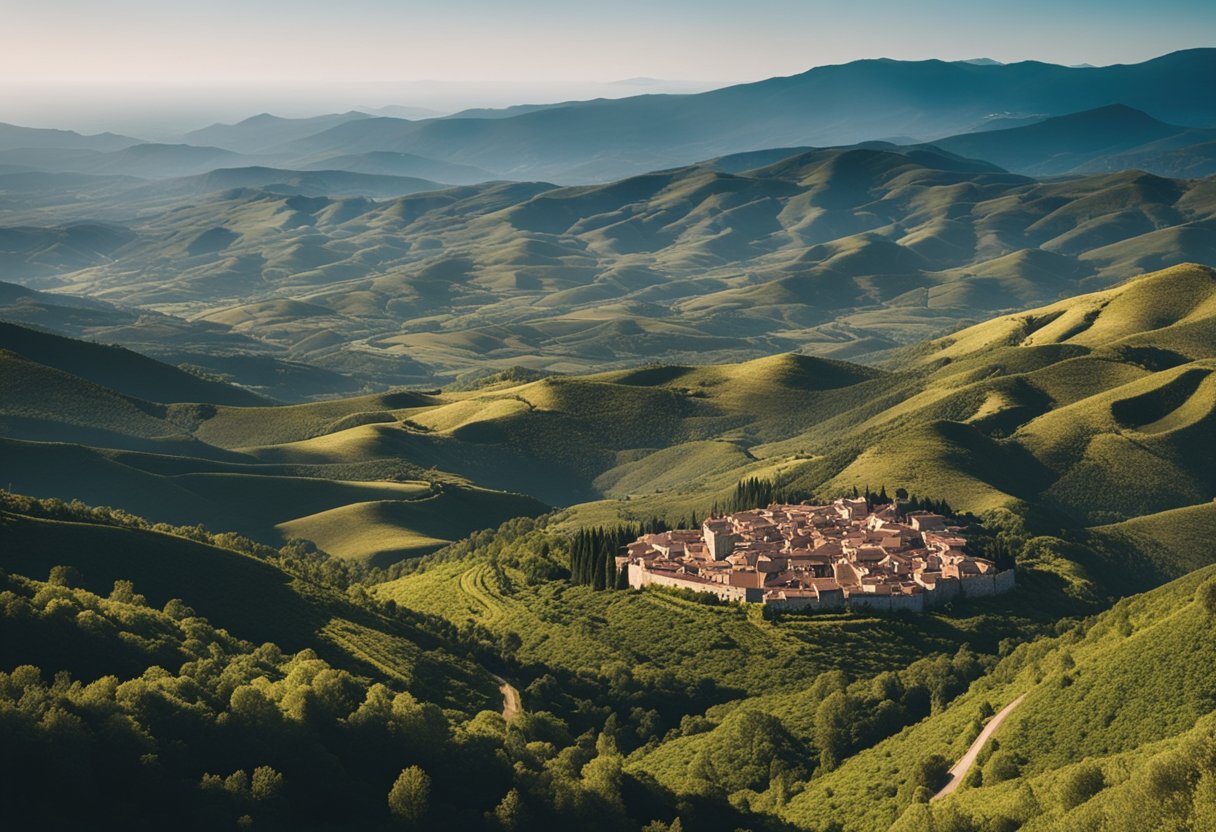
As we delve into the rich expanse of The Witcher’s lore and its manifestations, it’s clear that the franchise’s reach extends well beyond the initial books and television series. Let’s explore how the Witcher universe has grown across different forms of media.
The Witcher Video Game Series
The Witcher video game series serves as a significant branch of the franchise’s expansion. Notably, CD Projekt Red took Sapkowski’s universe and created a sprawling role-playing experience with The Witcher 3: Wild Hunt. This title not only won numerous “Game of the Year” awards but also introduced a multitude of fans to the rich, dark fantasy world of the Witcher. Its impact is such that it contributed to the anticipation and success of The Witcher Season 2, as audiences craved more of the Witcher’s narrative.
Merchandise and Spin-offs
In terms of merchandise, a range of products from collectible figures to art books have allowed fans to own a piece of The Witcher universe. Moreover, Netflix’s adaptation spurred a wave of new interest, resulting in additional content like the animated film The Witcher: Nightmare of the Wolf, filling out the backstory of the fantasy series and enriching the lore for dedicated fans. This multi-directional growth underscores the vast scope of The Witcher as a multimedia franchise.
Future of the Franchise
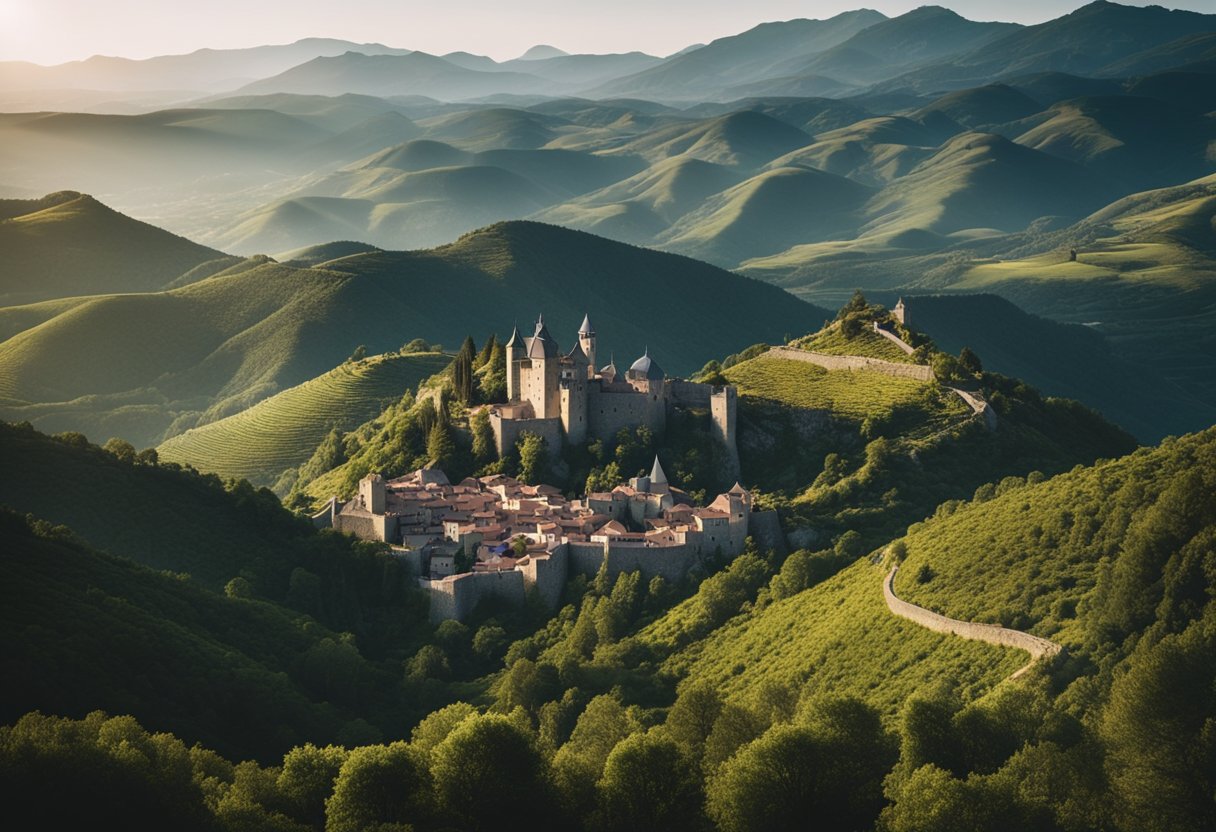
With The Witcher’s expansive universe charting new territories on Netflix, the series’s success signals more tales of sorcery and swordplay ahead.
Prospects of Season 3 and Beyond
Anticipation for Season 3 of the streaming series is mounting, as Netflix is geared to unfurl fresh adventures with even greater stakes. Information from this announcement steers us towards expectations of Season 4 as well, affirming the service’s commitment to the enduring saga of Geralt of Rivia.
Potential Spin-offs and New Adaptations
New expansions to The Witcher’s world are underway, including adaptations that explore different timelines and narratives within the same universe. One such upcoming project may offer fresh perspectives and characters, inviting us into previously uncharted corners of this medieval fantasy realm.
Frequently Asked Questions
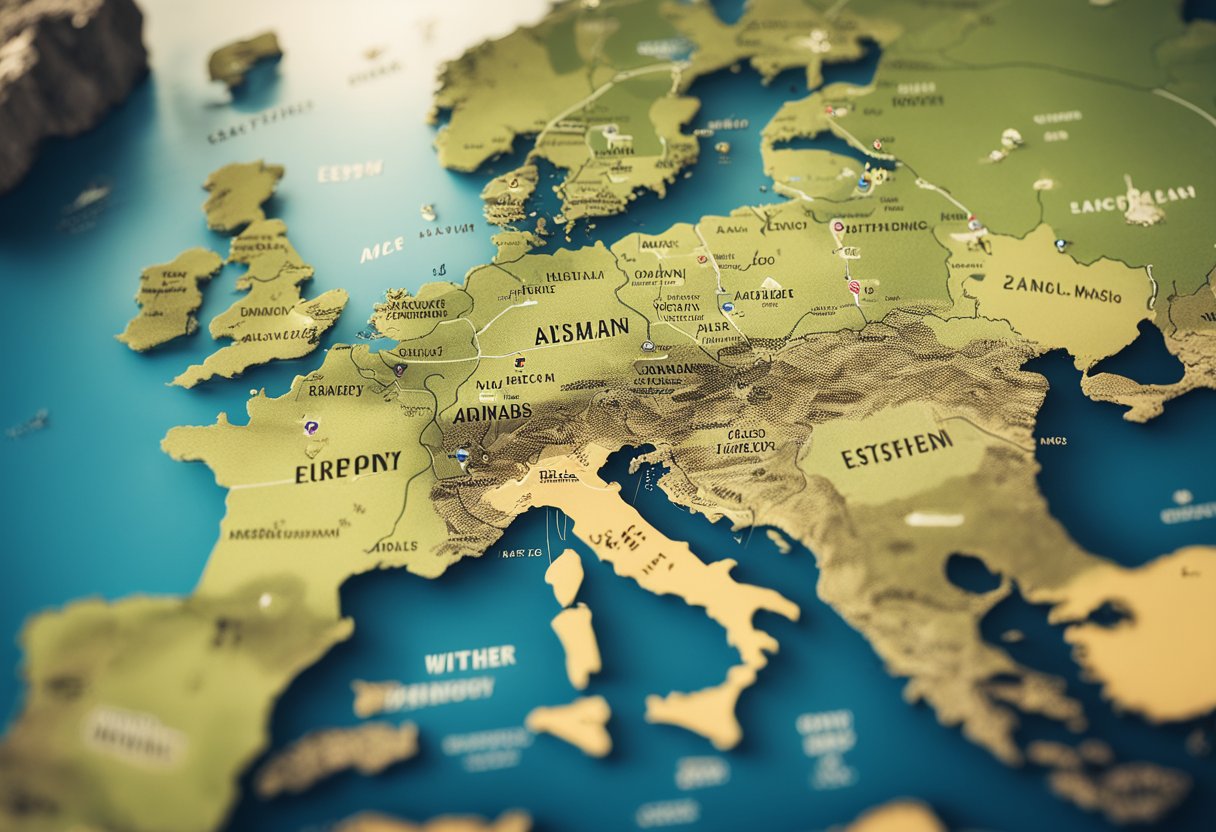
In this section, we address some of the most pertinent inquiries fans have about “The Witcher” series, delving into new cast members, filming locations, character portrayals, and production decisions that have intrigued the show’s audience.
When is the release date for The Witcher season 4?
At this time, the official release date for The Witcher season 4 has not been announced. Production schedules and release dates are typically shared by Netflix closer to the completion of filming.
Who joins the cast in The Witcher season 4?
New cast members joining the fourth season of The Witcher will be confirmed by the show’s producers. Casting announcements are often made via official channels and media releases as production progresses.
Which actress portrays Ciri in The Witcher series?
Freya Allan portrays the character of Ciri, the crown princess of Cintra, in The Witcher series. Her performance has been pivotal to the show’s storyline since its inception.
Has The Witcher ever been filmed in the Canary Islands?
The Witcher series has utilised diverse filming locations across Europe, but there is no public information to suggest that it has been filmed in the Canary Islands.
What are the reasons for Henry Cavill’s departure from The Witcher?
Henry Cavill’s departure from The Witcher was a creative decision. While specific details were not provided, these decisions are often made for various reasons, including scheduling conflicts or creative changes in direction.
What are the opinions of Polish individuals on The Witcher series?
The opinions of Polish individuals on The Witcher series vary. As the franchise is based on novels by Polish author Andrzej Sapkowski, it holds significant cultural relevance. Some fans appreciate the adaptation and its global success, while others have voiced their thoughts on how faithfully the series represents the source material.





